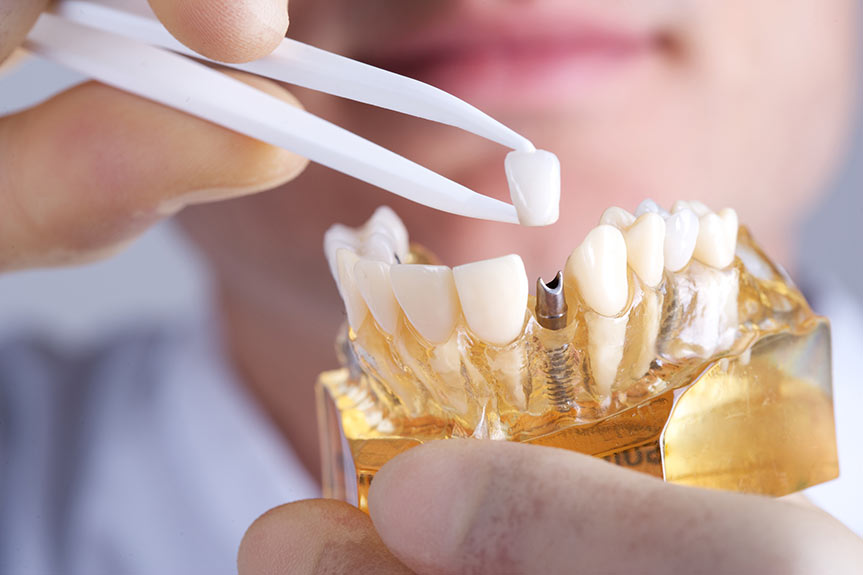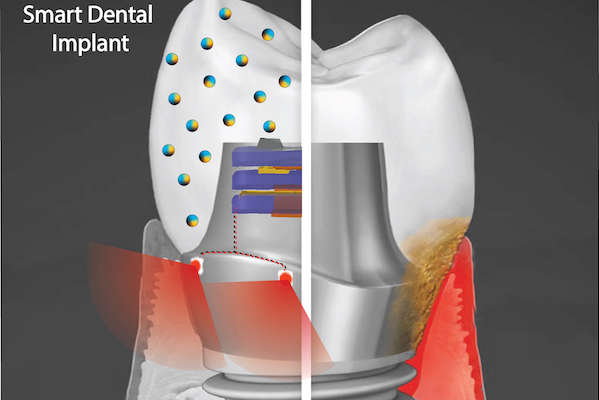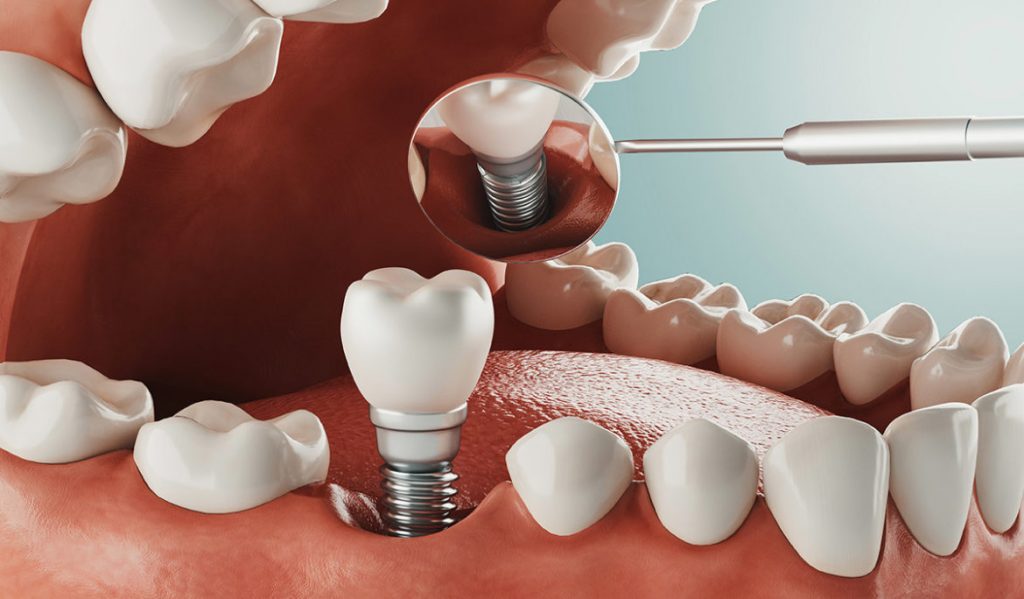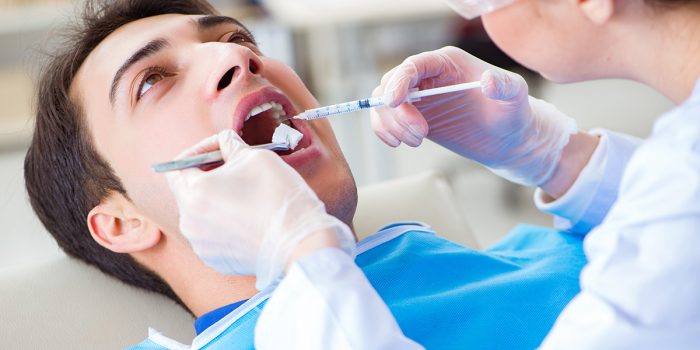In the United States, more than 3 million people have dental implants that are used as a replacement for teeth lost due to deterioration, gum disease or injury. Implanted teeth have a longer duration than dentures; nonetheless, if chronic gum infections develop, they may need to be surgically replaced. As a result, scientists are developing a smarter implant that generates electricity through mouth movements.
“We wanted to address this issue, and so we came up with an innovative new implant,” says Geelsu Hwang, an assistant professor in Penn’s School of Dental Medicine.

Prof. Geelsu Hwang and his colleagues at the State University of Pennsylvania are developing this new dental implant technique. Two important technologies are used in the new implant, explains Hwang. One is a nanoparticle-infused material that is resistant to bacterial colonization. The second is an embedded light source for phototherapy powered by natural mouth movement, such as chewing or toothbrushing.
The implant consists of the prosthetic tooth (the crown) and a steel body containing a rectifier circuit, a battery, and a ring of near-infrared micro-LEDs surrounding its exposed base. That base stands out at the bottom of the crown and is secured in place by a screw into the patient’s jawbone.
The crown is comprised of dental resin with nanoparticles of barium titanate, an inorganic substance. The latter is a piezoelectric material, which generates an electrical charge due to mechanical stress. It is intended that chewing will generate enough charge to be stored in the battery. This battery would then power up the micro-LEDs on a regular basis, allowing them to irradiate the surrounding gum tissue.

Phototherapy has previously been proven in studies to help reduce inflammation and accelerate the recovery of gum tissue affected by infections.
“Phototherapy can address a diverse set of health issues,” says Hwang.
“But once a biomaterial is implanted, it’s not practical to replace or recharge a battery. We are using a piezoelectric material, which can generate electrical power from natural oral motions to supply a light that can conduct phototherapy, and we find that it can successfully protect gingival tissue from the bacterial challenge,” he added.
Furthermore, lab experiments revealed that the negative surface charge of the barium titanate particles repels the negatively charged cell walls of the oral Streptococcus mutans bacterium. In other words, bacteria should not stick to the crown and produce the biofilms we know as plaque, minimising the likelihood of infection.

The University states that during multiple tests, the composite resin/nanoparticles have retained their piezoelectric effect. In addition, barium titanate also demonstrated a level of mechanical strength comparable to other materials used in dental applications.
“We hope to further develop the implant system and eventually see it commercialized so it can be used in the dental field,” says Hwang.
The findings are discussed in an article published recently in the journal ACS Applied Materials & Interfaces and one published last year in Advanced Healthcare Materials.
Source: Penn State


